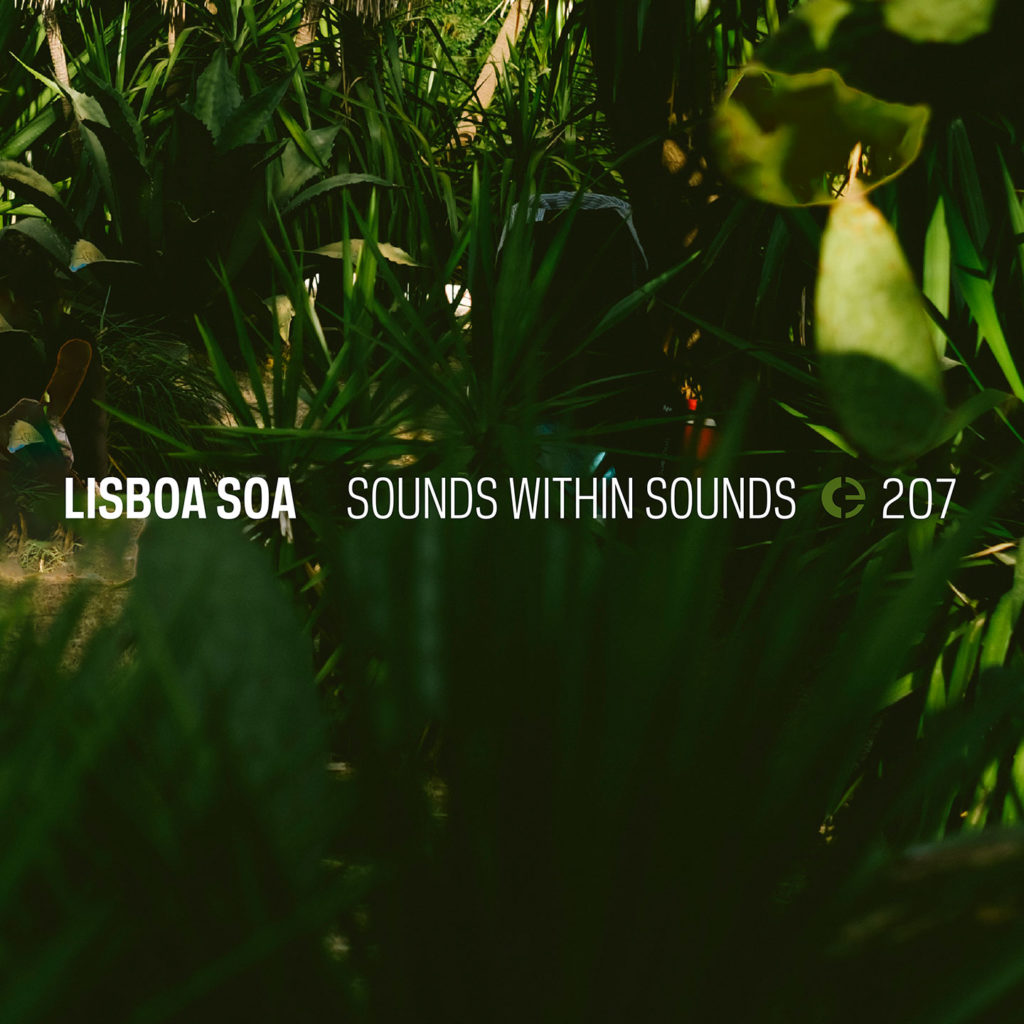
A festival of sound art, ecology and auditory culture. That’s how Lisboa Soa is described, and they have been going since 2016. To commemorate the first lustrum, they opened their archives to four Portuguese musicians and had them create new works from works collected. The festival is about “acoustic ecology, the discipline that inspired the festival since its foundation, places listening at the centre, and this is also the focus of Lisboa Soa: to shift attention to the ears and to create conditions, spatial and temporal, that are conducive to the act of listening attentively. One of the main goals of Lisboa Soa is to bring the audience to iconic spaces and create auditory experiences that guide visitors through these spaces while at the same time provoking a reflection on the involvement of human beings with the environment, with others, with the city
and how it all connects through sound”, so in that sense, it is a good idea to create new connections and new spaces. Of these four, I only heard of João Castro Pinto but not Sara Pinheiro, Meste André and Ana Guedes. These four composers have four different approaches. At the start, Pinto uses highly varied sounds from the works, processes these heavily and uses silence quite a bit, in powerful contrast to other sounds he uses. Pinheiro concentrates on the actions in between, before and after a concert, the auditorium and everybody waiting. There is no emphasis on the dynamics within the sound, but minor differences exist in the sounds of empty spaces. André’s approach is ‘What do I like that much that I want to use it?’, sounds from the concerts and behind the scenes (which made me think, what is archived here, and how much?). His piece is quite the traditional musique concrète approach, working with granulating sound, collage-like and most enjoyable throughout. It is also the one piece that uses recognizable musical instruments: lots of percussion and some trumpet. Each piece is longer than the previous, but from the fourteen of André, it is a leap to the twenty-five of Guedes. She uses the archive but adds recordings from other places, such as Willem Twee Studios in The Netherlands. It is a long piece, but there are very beautifully arranged atmospheric sounds here, at times almost drone-like. (FdW)
via Vital Weekly
